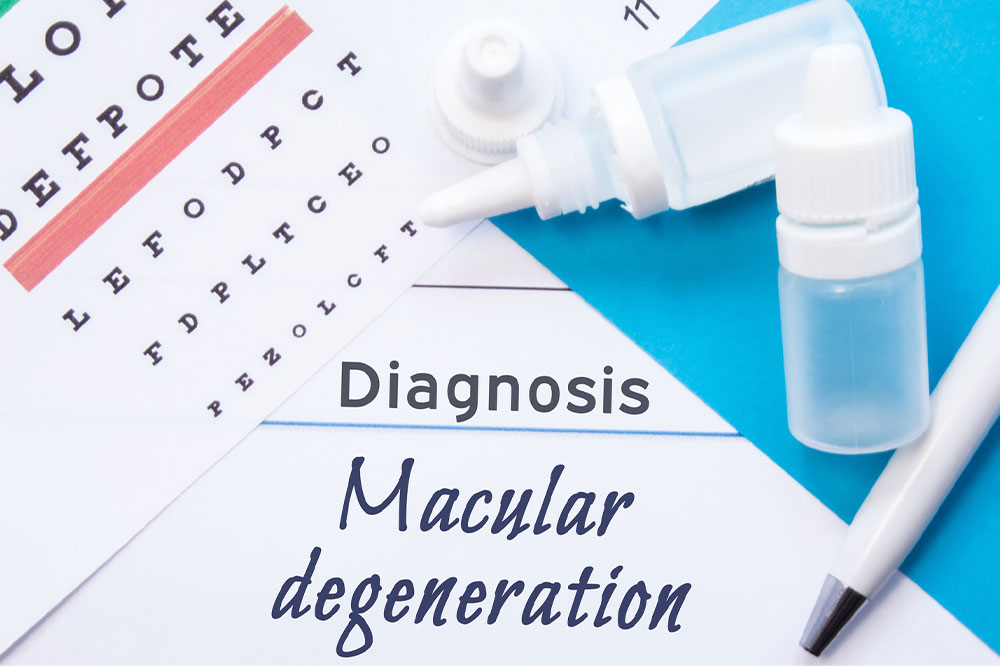
13 signs and symptoms of hemophilia one shouldn’t ignore
Blood clotting is an essential bodily process that prevents excess bleeding in the event of a blood vessel injury. Patients with hemophilia experience inadequate clotting of blood, which can cause them to bleed profusely following even minor injuries or surgical procedures or even without a definite reason. This inherited disease is more prevalent among males than females, affecting 1 in 5,000 male births nationwide. This article lists some types and common symptoms of hemophilia:
Types of hemophilia
The most prevalent types of hemophilia are hemophilia A and B:
1. Hemophilia A
Hemophilia A is the most common type of this condition, caused by a deficiency of clotting factor 8, an essential protein responsible for blood clotting in the body.
2. Hemophilia B
Patients with hemophilia B or Christmas disease experience deficiency or absence of coagulation factor 9, also known as the Christmas factor. This factor is another element the body utilizes to clot blood.
Signs and symptoms of hemophilia
Here are the signs and symptoms of hemophilia:
1. Severe, uncontrollable bleeding
The most apparent symptom of hemophilia is excess, uncontrollable bleeding, particularly following injuries or surgeries. This symptom stems from the body’s inability to form blood clots optimally.
2. Easy bruising
Hemophilia may cause deeper and more frequent bruises than usual owing to inefficient blood clot formation. Falls, surgeries, or administering vaccines or injections may cause these bruises.
3. Hematoma
Hematoma is a condition in which blood seeps outside a blood vessel, accumulating in the muscles and soft tissues. This phenomenon is common among patients grappling with hemophilia. In many cases, hematoma is accompanied by bleeding into the joints, a definite sign of hemophilia.
4. Bleeding in the mouth and gums
Patients with hemophilia may experience excess bleeding in the gums and mouth, particularly after a dental procedure, tooth loss, or pressure on the gums while brushing or cleaning.
5. Blood in the urine or stools
Blood in the urine, also called hematuria, is a common sign of hemophilia, with up to 66% of patients reporting this symptom. Patients usually report the color of their urine to be red or brown. Moreover, gastrointestinal hemorrhage has been classified as one of the most common indicators of hemophilia (particularly the Christmas disease). It is characterized by black-colored stools or blood found in stools, also called melena.
6. Frequent nosebleeds
Mucous membrane bruising can cause frequent nosebleeds in patients with hemophilia. These nosebleeds may worsen under certain conditions, such as cold weather, exposure to smoke, severe bouts of sneezing, and nose injury.
7. Bleeding after circumcision
Although bleeding after a penis circumcision procedure is not unusual, children and adults with hemophilia may experience unusually severe bleeding. If a baby’s blood stains on the diaper are bigger than a quarter after circumcision, it may be a sign of hemophilia.
8. Pain, swelling, and tightness in the joints
Bleeding into the joints is a prevalent symptom of hemophilia. It may lead to pain, swelling, and tightness in the joints, typically affecting the elbows, knees, and ankles. Thus, patients may grapple with restricted mobility.
9. Fatigue
Although not a direct symptom of hemophilia, fatigue is commonly observed among patients with the condition, owing to frequent blood loss, bruising, joint inflammation, and chronic pain.
10. Anemia
About 31% of patients with hemophilia experience Frank or Fanconi anemia, in which the bone marrow is unable to produce sufficient new blood cells. This condition leads to decreased production of all blood cell types. Frequent urination and thirst, dehydration, bone pain, and muscle weakness are some indicators of Fanconi anemia.
11. Headaches
Even minor head injuries among patients with hemophilia may cause bleeding into the brain, which can lead to painful, debilitating headaches.
12. Nausea and vomiting
Bleeding into the brain is also accompanied by other symptoms like nausea and vomiting among individuals with hemophilia. Sometimes, these symptoms may be accompanied by double vision, seizures, and excessive drowsiness. Such symptoms can prove fatal and should be immediately addressed.
13. Fussiness and irritability among toddlers
Infants and toddlers with hemophilia may refuse to crawl or walk and become highly fussy and irritable. This symptom is usually caused by joint and muscle bleeding, causing pain, inflammation, and mobility issues.
Lifestyle and nutrition tips for patients with hemophilia
Here are a few tips for patients with hemophilia:
1. Ensure a fall-proof home
Even minor falls and injuries can cause unusually severe bleeding in patients with hemophilia. Therefore, it is important to establish a fall-proof home, including skid-proof floor tiles, solid bars over bathtubs, adequate lighting, and tidy surroundings.
2. Avoid blood-thinning treatments
Since those with hemophilia are already prone to excess bleeding, it is important to avoid any treatments or interventions that can cause blood thinning.
3. Avoid playing contact sports
Contact sports like soccer, boxing, lacrosse, and martial arts entail increased risks of injuries and falls, which can prove fatal for patients with hemophilia. Hence, one should avoid playing contact sports while healing from this condition.
4. Stay physically active
Physical activity can help with joint mobility and strengthen muscles. Although patients with hemophilia should avoid activities that may cause injuries and bleeding, staying physically active is a good idea, such as engaging in brisk walking, bicycle riding, stretching, etc.
5. Have iron-rich foods
Since hemophilia involves severe blood loss, one should include iron-rich foods, such as lean red meats, leafy greens, beetroot, legumes, shellfish, and dates, into one’s meal plan to manage the disease’s symptoms better.
6. Switch to low-fat protein sources
Low-fat protein sources, such as low-fat dairy (if you are not lactose intolerant), lean meats, and soy, are good additions to the meals of patients with hemophilia. These foods replenish the body with adequate protein for muscle and bone health while avoiding unhealthy fats.
7. Steer clear of sugary foods and beverages
An increase in blood sugar levels is associated with slower healing of wounds. Patients with hemophilia are already susceptible to frequent bruises and excess bleeding; therefore, excess sugar intake can worsen the condition. It is a good idea to replace added sugar with natural sugar sources.




